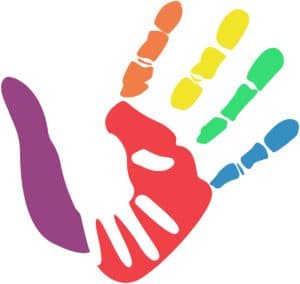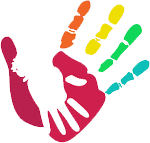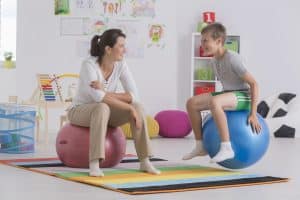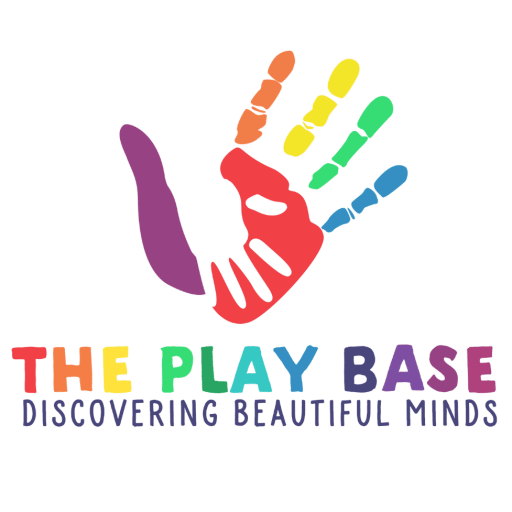Applied Behavior Analysis (ABA) therapy is widely recognized for its effectiveness in helping children, especially those with autism, develop essential life skills and positive behaviors. ABA uses evidence-based techniques to create meaningful and lasting behavioral change. Below, we will dive into the top 10 techniques used in ABA therapy, providing expert insights from Frances Fishman, the founder of The Play Base, who has over 12 years of experience in behavior modification.
Positive Reinforcement
Positive reinforcement is foundational to ABA therapy. It involves rewarding desired behaviors to encourage their repetition. Rewards can range from verbal praise to tangible items like toys or access to activities the child enjoys.
- Key benefit: Builds motivation and confidence.
- Types of rewards: Verbal praise, favorite activities, toys.
“Positive reinforcement helps children understand that their actions can lead to positive outcomes, which is critical for building self-confidence and motivation,” explains Frances Fishman.
Discrete Trial Training (DTT)
DTT is a structured technique used to teach new skills in a controlled, repetitive format. It breaks down tasks into simple steps, with each trial involving a clear instruction, the child’s response, and immediate feedback.
- Effective for: Teaching foundational skills like language, social interactions, and motor skills.
- Structure: Clear prompt, child response, immediate feedback.
“We use DTT to teach foundational skills like language and motor skills in a way that’s clear and predictable for the child,” says Fishman.
Task Analysis
Task analysis involves breaking complex tasks into smaller, more manageable steps, allowing children to learn at their own pace.
- Application: Promotes independence in daily activities like brushing teeth or dressing.
- Technique: Breaking large tasks into bite-sized steps.
“This approach promotes independence because it makes overwhelming tasks feel achievable for children,” says Fishman.
Modeling
Children often learn by observing others, making modeling an effective ABA technique. In therapy, the therapist demonstrates a behavior for the child to imitate, such as how to greet someone or follow instructions.
- Focus: Teaching social and communication skills.
- Method: Demonstrating behavior for the child to imitate.
“Modeling is especially helpful in teaching social skills,” explains Fishman. “When children see someone they trust perform a behavior, they’re more likely to try it themselves.”
Prompting
Prompting involves giving cues to help a child perform a desired behavior. Prompts can be verbal, like saying, “Put the toy away,” or physical, such as gently guiding their hand.
- Types of prompts: Verbal, visual, physical guidance.
- Goal: Fade prompts over time to promote independence.
“Prompts are like training wheels on a bike,” says Fishman. “We use them to support learning until the child is ready to perform the behavior on their own.”
Natural Environment Training (NET)
Unlike structured methods like DTT, NET focuses on teaching skills in the child’s natural environment, such as at home or during play.
- Effective for: Generalizing skills across different settings.
- Example: Practicing communication during a family meal or playdate.
“NET is great for generalizing skills,” Fishman notes. “It helps children see that the things they learn in therapy can be used in everyday life.”
Pivotal Response Treatment (PRT)
PRT is a child-led, play-based ABA technique that focuses on pivotal areas like motivation and self-initiation.
- Core targets: Motivation, communication, self-initiated learning.
- Child-focused: Uses the child’s interests to promote engagement.
“By focusing on what motivates the child, we can help them develop a wide range of skills, from communication to problem-solving,” Fishman explains.
Self-Management
Teaching children to manage their own behavior is a critical part of ABA therapy.
- Skills taught: Setting goals, monitoring progress, rewarding oneself.
- Example: Using a checklist to complete daily routines like homework or getting ready for school.
“Self-management gives children the tools they need to become more independent,” Fishman says.
Generalization
Generalization ensures that behaviors learned in therapy carry over into other settings, like home, school, or social situations.
- Importance: Helps children apply skills across different environments.
- Goal: Ensure that learned behaviors are useful in real-world scenarios.
“The goal is to make sure that the skills a child learns are useful in real life,” Fishman explains.
Behavior Intervention Plans (BIP)
A Behavior Intervention Plan is a personalized plan that outlines specific strategies for managing challenging behaviors.
- Personalized: Tailored to the child’s unique needs and triggers.
- Focus: Proactive management of difficult behaviors.
“A well-designed BIP is crucial for addressing problem behaviors in a way that’s supportive and effective,” says Fishman.
With these techniques, ABA therapy offers a comprehensive approach to helping children develop critical skills and improve behavior. “At The Play Base, we take a child-centered approach to therapy, making sure that every strategy is tailored to the individual needs of the child,” Fishman emphasizes.
Ready to explore how ABA therapy can support your child’s development? Find ABA therapy specialists, schedule a consultation, or learn about affordable services available near you today!









